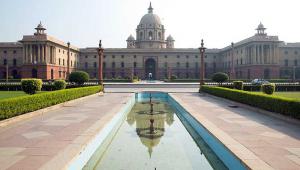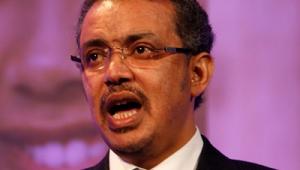By Judith Ugwumadu | 2 April 2014
The World Bank will increase its lending ability by around $100bn over the next decade to help end poverty in middle-income countries as part of a package of measures designed to strengthen the support it offers and adapt to a changing world.
Speaking at the Council of Foreign Relations in Washington yesterday, ahead of the bank’s spring meeting with the International Monetary Fund, Jim Yong Kim said the changes were part of the way the bank is repositioning itself to its goals of ending extreme poverty by 2030 and boosting shared prosperity for the lowest 40% in developing countries.
‘We now have the capacity to nearly double our annual lending to middle-income countries from $15bn to $28bn a year,’ he said.
‘This means that the World Bank’s lending capacity will increase by $100bn to roughly $300bn over the next ten years. This is in additional to the largest IDA [the bank’s fund for the poorest] replenishment in history, with $52bn in grants and concessional loans to support the poorest countries.’
In an effort to help the bank achieve its goal of eradicating extreme poverty by 2030, the bank is undergoing its biggest restructuring in two decades. Kim said the bank needed to work differently in order to reflect the new realities of the world. Part of the restructuring involves the creation of 14 ‘global practices,’ including water, health, finance, agriculture, and energy.
In the next few days, the bank will be announcing most of the heads of these practices, Kim added.
He also said the bank was looking at cutting about $400m in unnecessary spending.
Kim said: ‘At the same time, as a matter of integrity we needed to look inside our institution and identify savings. Almost every large organisation can become more efficient. We announced a goal of saving $400m in the next three years, and in the days ahead we will give details about the majority of those savings, which we will then reinvest in countries. I believe we must get leaner in order to get bigger.’
If the World Bank wants to boost shared prosperity for the lowest 40% in developing countries, Kim said it needed to follow ‘the evidence and be bold.’
He said: ‘The fact is that two-thirds of the world’s extreme poor are concentrated in just five countries – India, China, Nigeria, Bangladesh, and the Democratic Republic of Congo. If you add another five countries – Indonesia, Pakistan, Tanzania, Ethiopia, and Kenya – the total grows to 80% of the extreme poor.
‘Expect us to focus on these countries. But we will not ignore the others. We will have a strategy that ensures no country is left behind as we move toward the target in 2030.’













